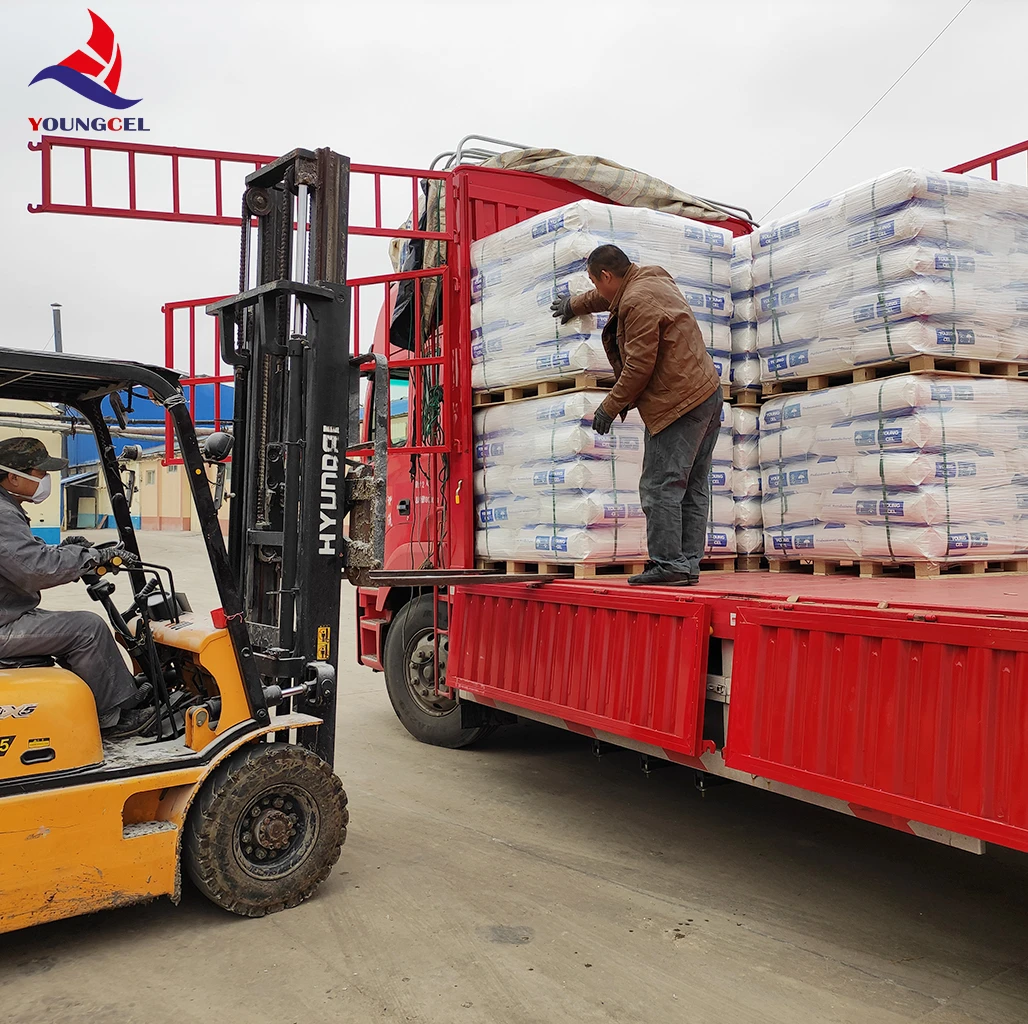Understanding Construct Grade HPMC A Comprehensive Overview
Hydroxypropyl Methylcellulose (HPMC) is a versatile cellulose ether derived from natural cellulose. Its unique chemical structure gives it a wide range of applications in various industries, including pharmaceuticals, food, construction, and personal care. Among the different grades of HPMC, the construct grade has gained significant attention due to its specific properties and extensive usability in construction materials. This article will explore the characteristics, applications, and benefits of construct grade HPMC in the construction industry.
What is Construct Grade HPMC?
Construct grade HPMC is a specially formulated type of hydroxypropyl methylcellulose that is primarily used in construction applications. This grade is characterized by its ability to improve workability, water retention, and adhesion of construction materials, making it an essential additive in products such as tile adhesives, cement-based mortars, plasters, and other building materials. The molecular structure of HPMC allows for a favorable modification of the physical and chemical properties of construction mixtures, thus enhancing their performance.
Key Characteristics
1. Water Retention One of the standout features of construct grade HPMC is its excellent water retention capacity. This property helps to maintain moisture in cement and gypsum-based materials, allowing for a more extended working time and preventing premature drying. This is particularly crucial in environments where temperatures can lead to rapid evaporation of water.
2. Improved Workability Incorporating construct grade HPMC into building materials enhances their workability. Contractors appreciate how it allows for smoother application processes, reducing the effort required to spread and shape materials. This improvement in workability can lead to increased productivity on construction sites.
3. Adhesion The adhesive properties of construct grade HPMC ensure that tiles, plasters, and mortars bond effectively to various substrates. This characteristic minimizes the risk of detachment or slippage, which can compromise the integrity of the construction work.
4. Thickening Agent Construct grade HPMC acts as a thickening agent, providing the necessary viscosity to pastes and mortars. This feature is particularly valuable in formulations that require a stable and uniform consistency, ensuring that products are easy to apply and meet performance standards.
Applications in Construction
The versatility of construct grade HPMC allows it to be used in various construction applications
construct grade hpmc

- Tile Adhesives HPMC is often a critical component in tile adhesives, where its water retention and adhesion properties significantly enhance performance. It helps in achieving a strong bond between the tile and the substrate, while also providing flexibility to accommodate minor movements.
- Cement-Based Mortars HPMC is widely used in different types of cement-based mortars, including those for bricklaying and rendering. Its ability to retain moisture ensures proper curing of the cement, leading to a more durable and robust end product.
- Plasters In plaster formulations, construct grade HPMC contributes not only to improved workability but also to the overall finish quality. The smooth application provided by HPMC results in a better aesthetic appearance of plastered surfaces.
- Self-Leveling Compounds Self-leveling compounds benefit from the thickening and water-retention properties of HPMC, enabling them to flow and level out effectively, creating a smooth and even surface.
Benefits of Using Construct Grade HPMC
Choosing construct grade HPMC in construction products offers several advantages
1. Enhanced Performance With improved adhesion and workability, constructions utilizing HPMC-based materials tend to perform better under stress and environmental conditions.
2. Cost-Effectiveness By improving the efficiency of application processes and reducing waste, HPMC can ultimately lead to cost savings in construction projects.
3. Sustainability HPMC is derived from natural cellulose, making it a more environmentally friendly option compared to synthetic additives. Its incorporation can contribute to the development of sustainable construction materials.
In conclusion, construct grade HPMC plays a crucial role in modern construction practices, offering unique properties that enhance material performance. Its applications in tile adhesives, mortars, plasters, and self-leveling compounds highlight its versatility and significance in the industry. As the demand for quality construction materials continues to grow, the importance of additives like construct grade HPMC will undoubtedly increase, paving the way for innovations in building techniques and material science.
-
The Application and Significance of Construction RdpNewsMay.19,2025
-
Industrial Grade HpmcNewsMay.19,2025
-
Building Coating Adhesive Building Coating Adhesive HpmcNewsMay.19,2025
-
Application Of Hpmc For Detergent For Detergent In DetergentsNewsMay.19,2025
-
Application Of Hpmc Cellulose In Cement-Based MaterialsNewsMay.19,2025
-
Application Of High Quality Hpmc For Construction In The Field Of ConstructionNewsMay.19,2025




